Use the following ray diagram, Fig. to calculate focal length of lens L2.
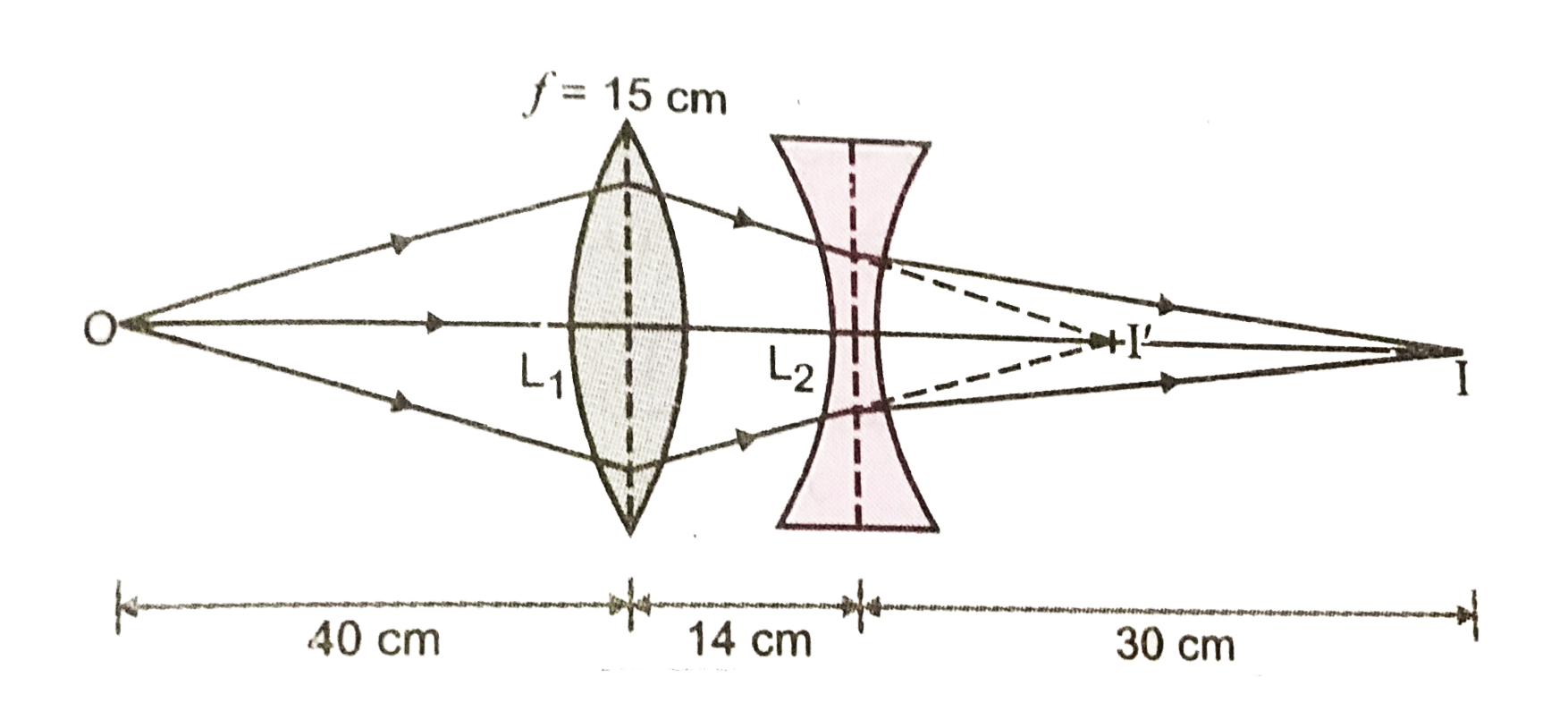 .
.
For lens L1,f=15cm,
u=−40cm,
v=?
1v=1f+1u=115−140=5120,v=24cm
The image would have been at I',
where L1I'=24cm.
I' serves as object for L2
u=+(24−14)=10cm,v=30cm,f'=?
1f'=1v−1u=130−110=−115f=−15cm.
Topper's Solved these Questions
- BOOK - PRADEEPCHAPTER - RAY OPTICSEXERCISE - Solved Example(c )21videos
RAY OPTICS
- BOOK - PRADEEPCHAPTER - RAY OPTICSEXERCISE - Solved Example(d)32videos
RAY OPTICS
- BOOK - PRADEEPCHAPTER - RAY OPTICSEXERCISE - Sample problem(d)5videos
RAY OPTICS
- BOOK - PRADEEPCHAPTER - PROPERTIES OF BULK MATTEREXERCISE - Multiple choice questions7videos
PROPERTIES OF BULK MATTER
- BOOK - PRADEEPCHAPTER - SYSTEMS OF PARTICLES AND ROTATIONAL MOTIONEXERCISE - Assertion- Reason Type questions20videos
SYSTEMS OF PARTICLES AND ROTATIONAL MOTION
Similar Questions
Knowledge Check
- Question 1 - Select One
Which of the following ray diagrams is correct for the ray of light incident on a lens shown in Fig. ? Choices are given in Fig.
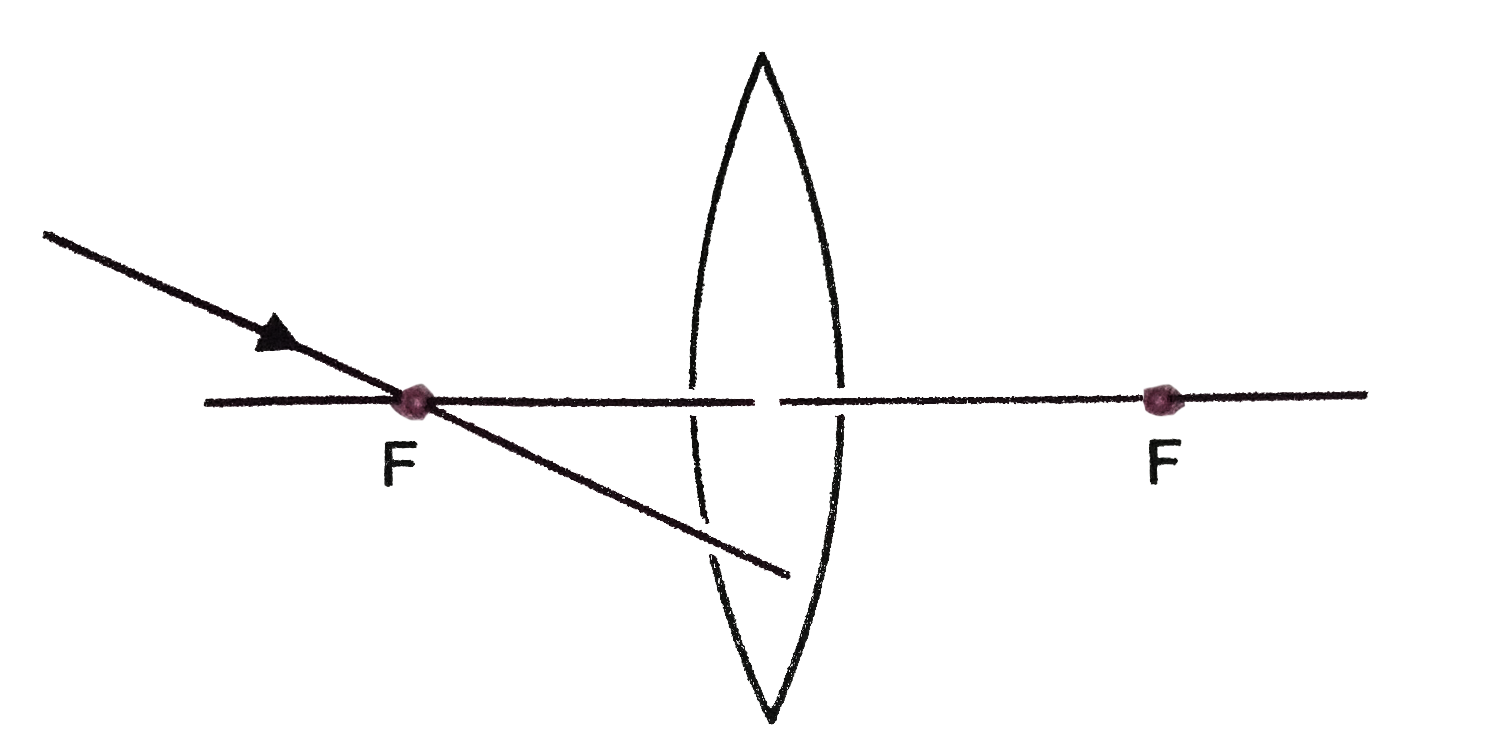 A
A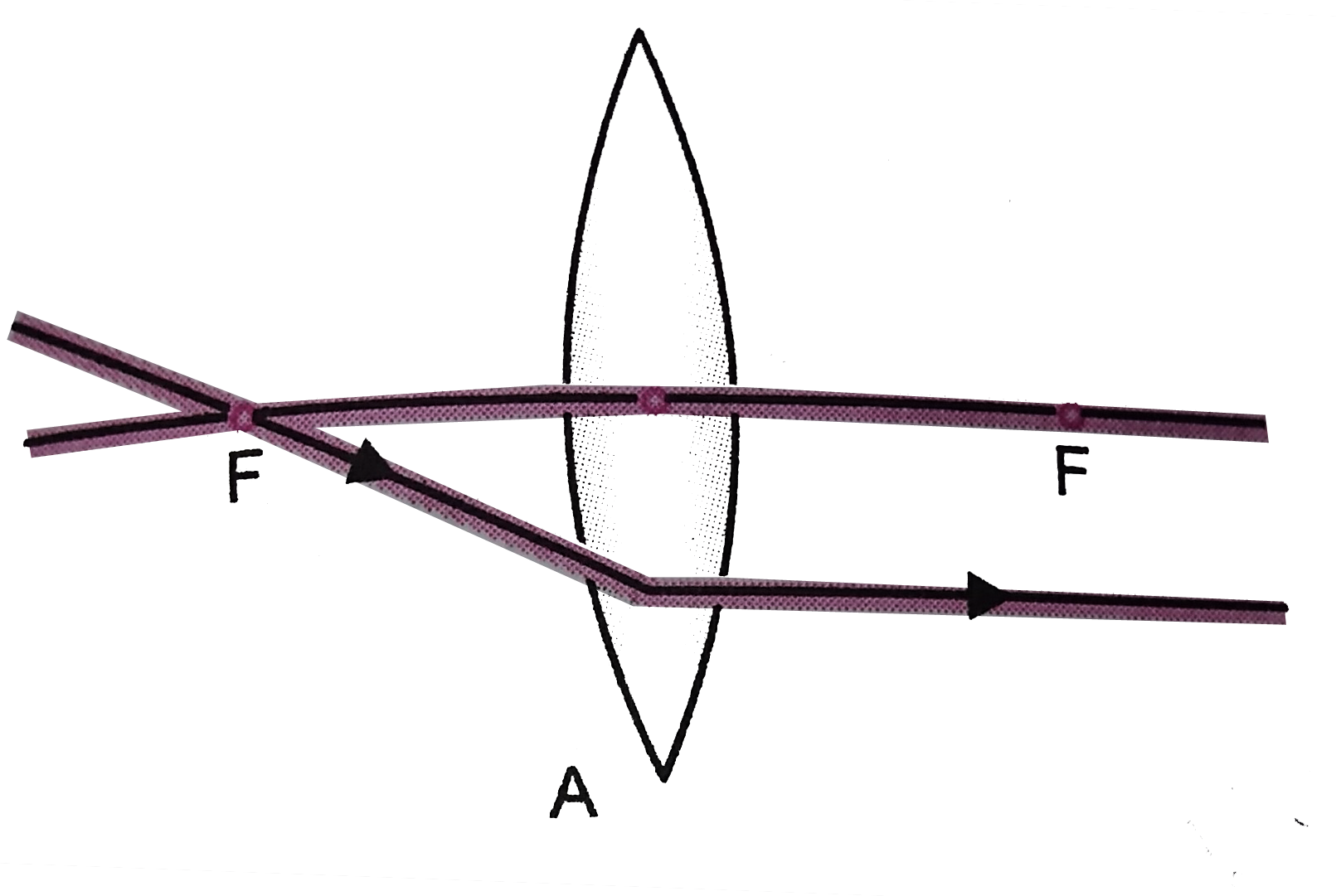 B
B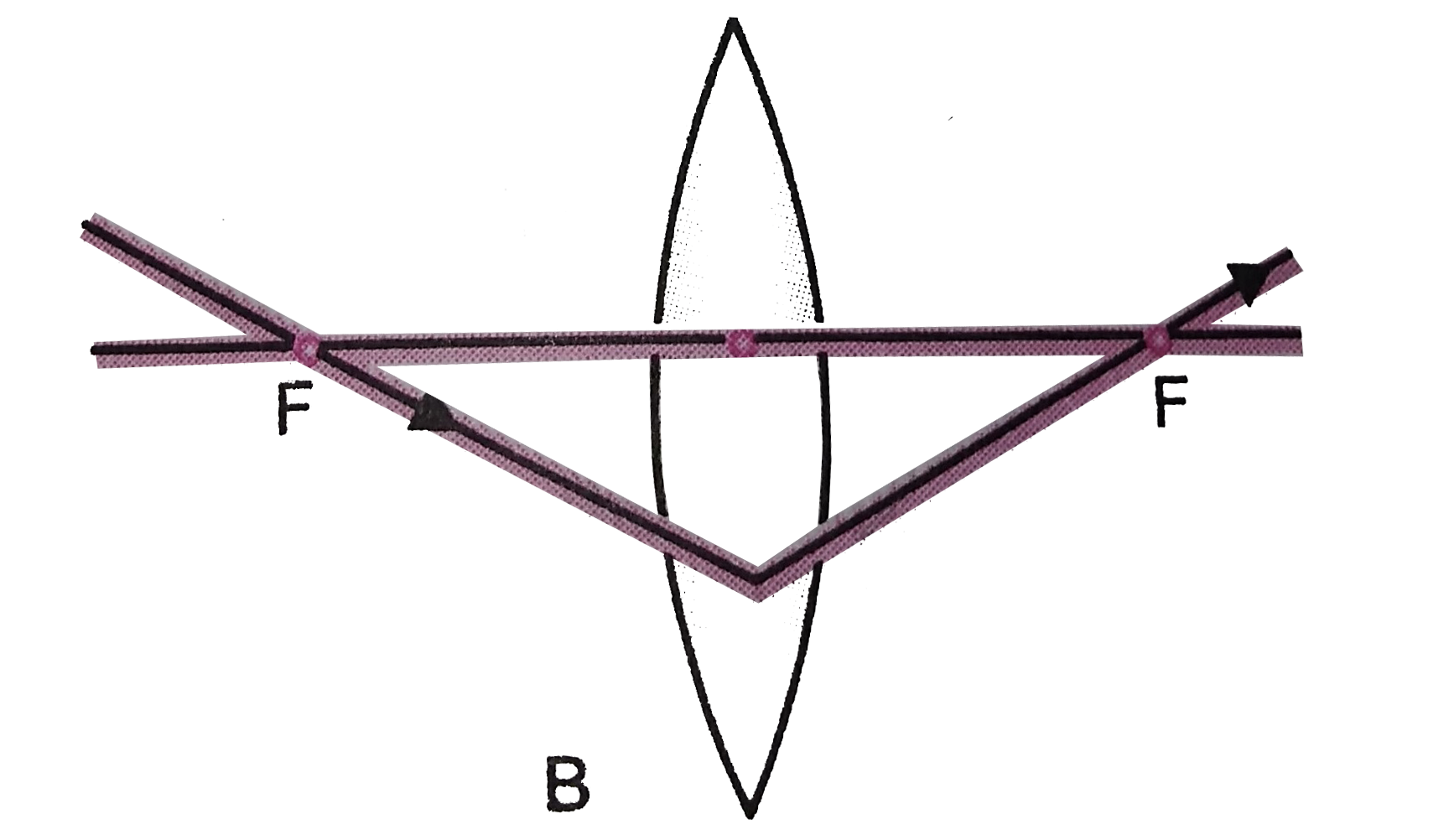 C
C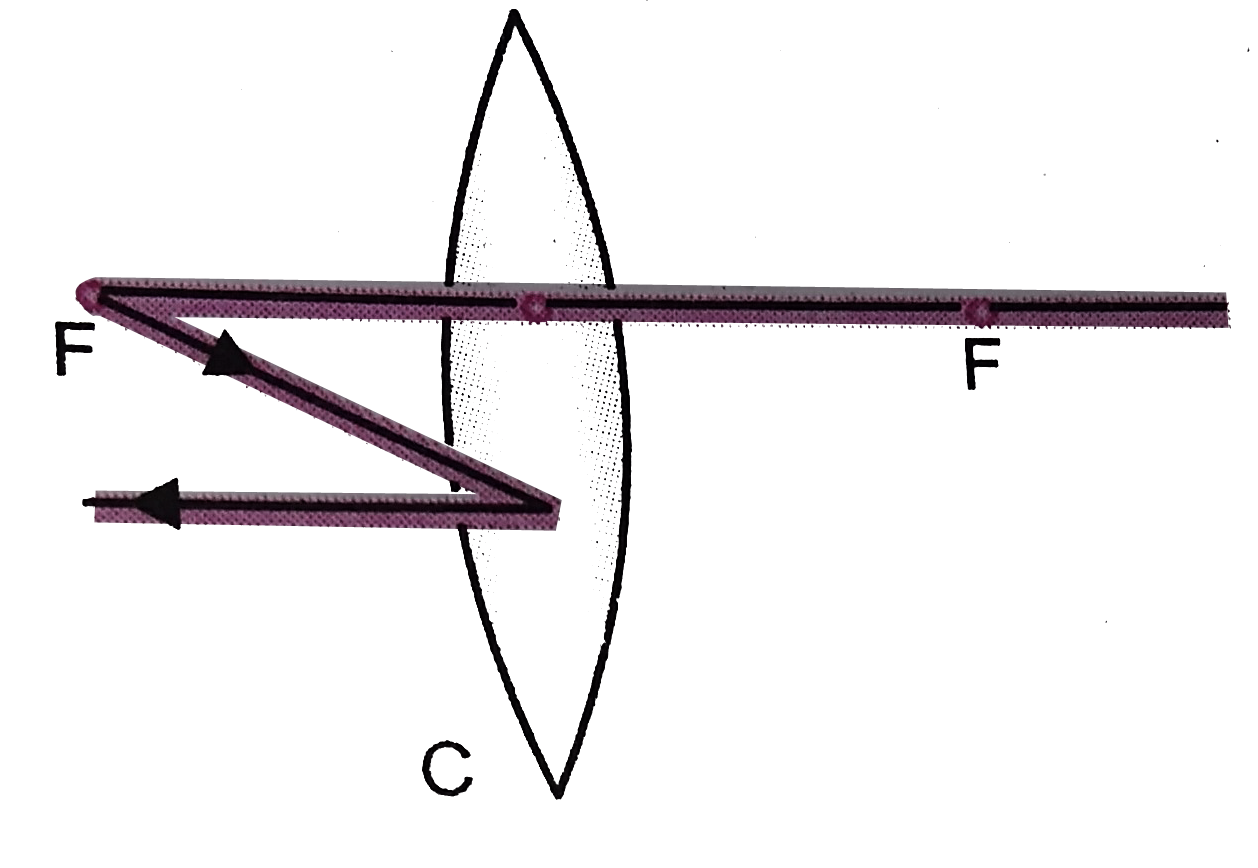 D
D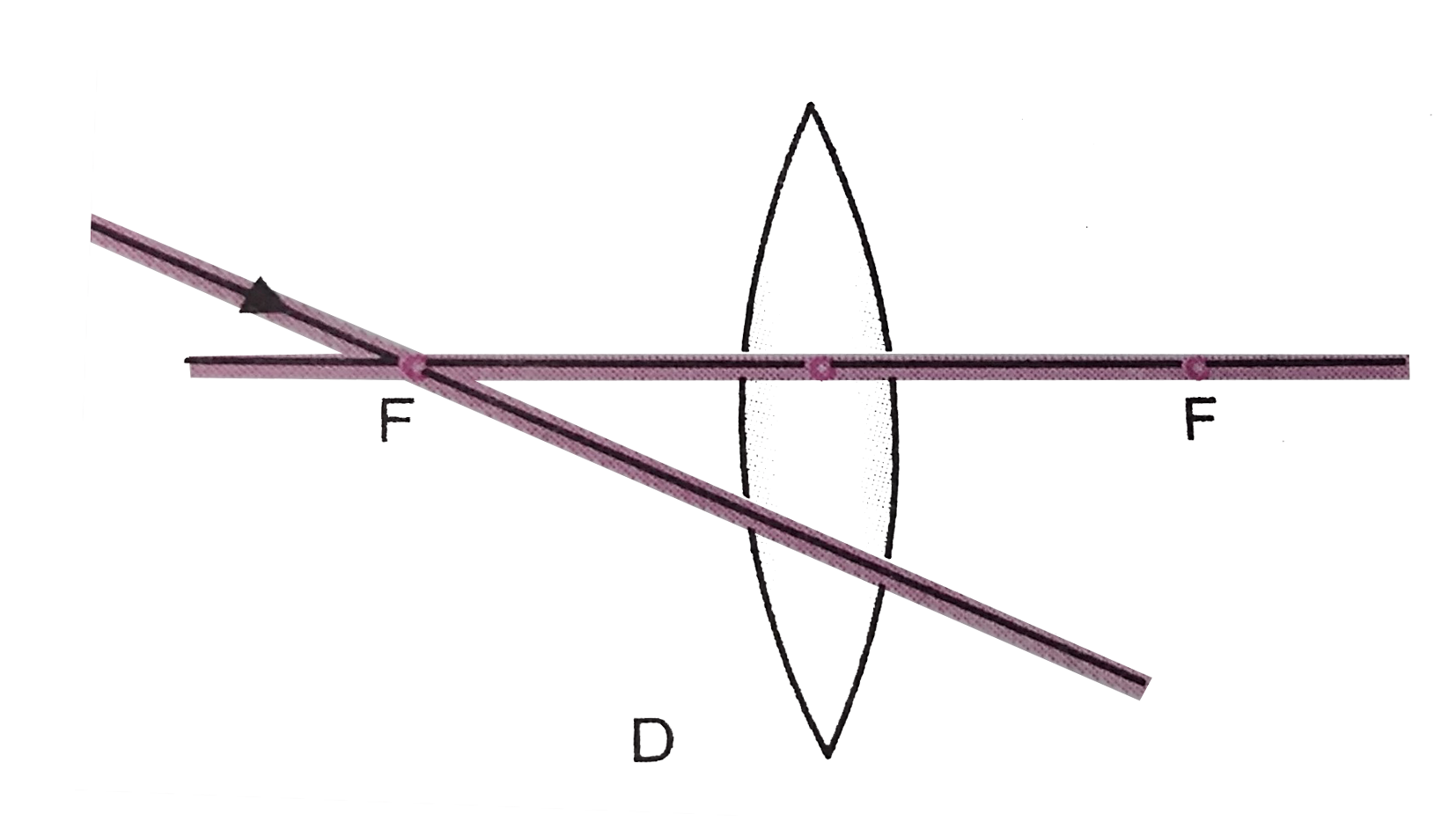
From the ray diagram shown below, calculate the focal length of the other convex lens.
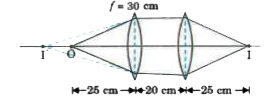 View Solution
View SolutionFind the focal length of the lens shown in Fig.
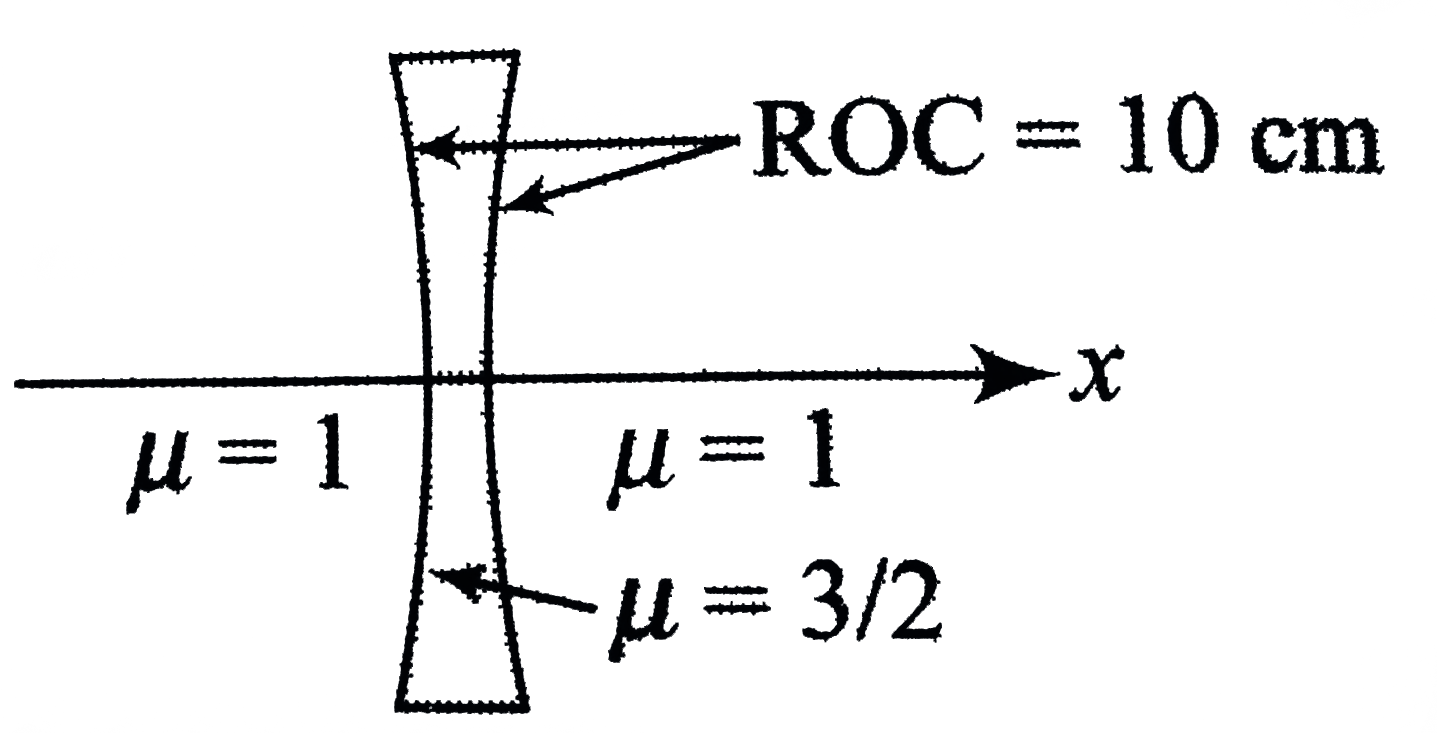 View Solution
View SolutionThe distance between a convex lens and a plane mirror is 15 cm. The parallel rays incident on the convex lens, after reflection from the mirror, form image at the optical centre of the lens. Draw the ray-diagram and find out the focal length of the lens.
View SolutionAn object placed 50 cm from a lens produces a virtual image at a distance of 10 cm in front of the lens. Draw a diagram to show the formation of image. Calculate focal length of the lens and magnification produced.
View SolutionRay Diagrams OF Lens
View SolutionDefine focal length of a lens and calculate focal length of the lens having radius of curvature 30 cm.
View SolutionThe power of a lens is +0.2D. Calculate its focal length.
View Solution


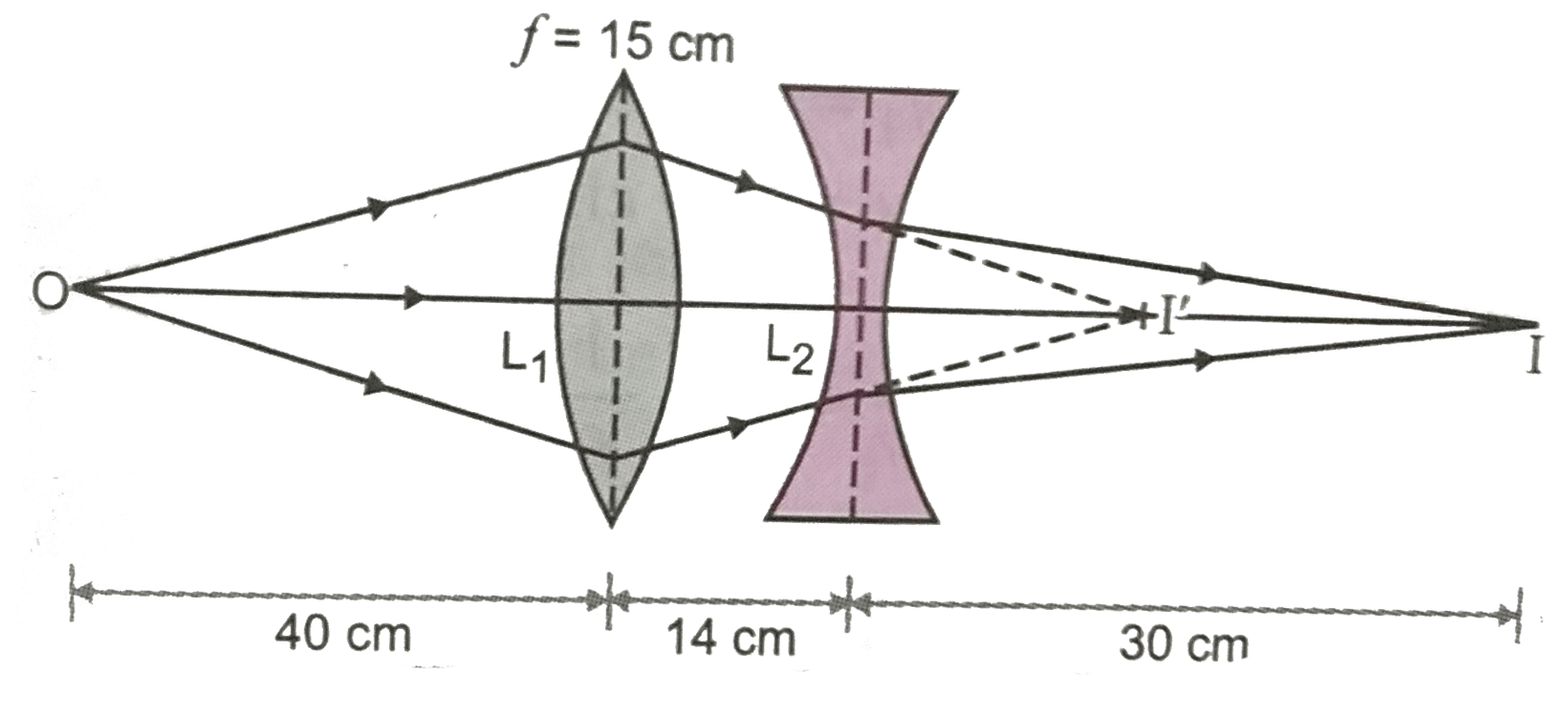
 .
.